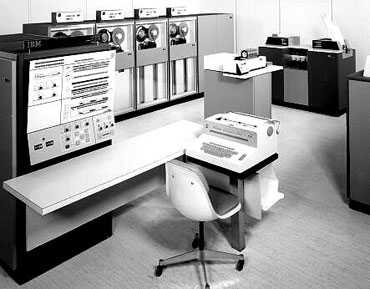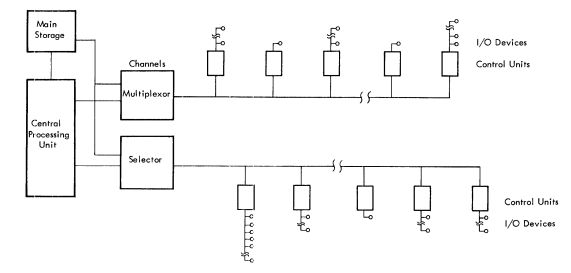| Gene Amdahl |
| Written by Harry Fairhead | ||||
Page 2 of 3
The IBM System/360Eventually, in 1960, Amdahl found his way back to IBM, just in time for the start of the 360 project. He planned to stay only for six months - but who could leave the largest and most revolutionary computer project of its time! The 360 project was different because it was the first time a range of compatible machines had been planned. A range of processors, of different speeds and power, would run a common assembly language and use common peripherals. Project 360 was all about creating the first modular computer system. It was a huge project and one that IBM had pinned its future on - and as it turned out so had Gene Amdahl. He was named the principle architect of the machine along with Fred Brooks, the project manager who wrote about the process in The Mythical Man-Month. Amdahl was responsible for a range of hardware design aspects of the 360 range and after four years working on the project he knew all there was to know about the machine's internal architecture. When the 360 was launched it was the success that IBM had hoped for and it established itself as a standard architecture for IBM to work on for more than 20 years of development. It was so successful that that at least two companies, GE and RCA, gave up the struggle to build a competitor.
The IBM System/360 Model 40
It is difficult to overestimate the impact of System 360 on computer users and programmers. There was the 360 and then there were a few other interesting machines that had specific advantages - for scientific computing say. The 360 range was what you took as a benchmark to compare others with. Its range of languages and applications made it the de facto standard. The 360 family made a lot money, partly because IBM priced their processors by power and not by production cost. The reasoning went that if you wanted a processor that was twice as powerful then you should pay twice as much. This gave rise to popular rumours or folklore - such as the processor up-grade kit that was installed by an IBM engineer who turned up and just flipped an internal switch to make the processor go faster! IBM To Amdahl CorporationAmdahl was also a victim of this policy of selling things according to a fixed scale of computing power. He wanted to build a high performance machine. In 1965 he was made an IBM Fellow and allowed to spend five years on any project he was interested in. He used his time to design a new and more powerful member of the 360 family. IBM decided that, using their price by power policy, the market for something that expensive was very limited. Of course Amdahl didn’t want to hear that he couldn’t build a better computer just because IBM didn’t want to undercut their existing range - and so he left for the second time. After he handed in his resignation, a vice president advised him to reconsider because there was no money to be made in big computers. He founded Amdahl Corporation in 1970 and rather than just make big, fast computers, he had a rather clever idea. For some time manufacturers had been making plug-compatible 360 peripherals. The I/O channel that the 360 family used was well enough understood for a company other than IBM to make a printer, a disk drive, or whatever, to be used with an existing 360 system. IBM didn’t like it and even put pressure on its customers not to buy and use plug-compatible peripherals but there was little it could do.
The 360 Channel Based Architecture
You may recognize this situation in a more recent form. IBM created a de facto standard in the form of the IBM PC which allowed anyone to create add ons and even to clone the entire machine. The 360 used a standard way to connect different peripherals to the CPU and this was its big advantage to customers but also a huge advantage to its competitors. Amdahl took the idea one stage further than most. The Amdahl processorAmdahl’s idea was to extend the plug-compatibility idea and manufacture a plug-compatible processor! This turned the whole idea of utilizing the channel architecture to extend the 360 on its head. This allowed existing IBM customers to upgrade to an Amdahl processor without having to start from scratch and it allowed Amdahl to more or less ignore the problem of developing peripherals and software. The task of creating an entire computer system like the 360 was a big undertaking for a new company but to create just a new processor was a much more manageable and fund-able problem. You could say that Amdahl Corporation got a head start courtesy of IBM but, as you can imagine, there was little friendly feeling between the two companies.
Amdahl even went to the extent of making the company colour red, to contrast with IBM blue. There were red telephones in the office and a red Amdahl logo, even the company's processors were in red cases. IBM accused Amdahl of taking an entire technical team but all he took was a finance director and two secretaries. He didn’t take any of IBM’s secrets but he couldn't forget what he knew about the system 360 architecture and the I/O channel that was otherwise largely undocumented at the time.
<ASIN:0143036769> <ASIN: 0201835959> <ASIN:014200135X> |
||||
| Last Updated ( Saturday, 03 September 2022 ) |



